Are you a wildlife enthusiast who can’t bear the sight of a circus of safari vehicles and loud tourists the moment a tiger is spotted? The screaming, shouting, edging by tourists, guides and safari drivers alike to get their vehicle in front of all the action can be very unsettling for many. It is then that many question, whether ‘tiger safari’ is really worth all the hype? Unfortunately, with some 3,000 tigers left in India, majority of whom are in national parks and tiger reserves, a jeep safari is the only way tourists can spot them in the wild. And with only 1/4th of a national park dedicated for tourism activities, it is no doubt that safaris have become a crowded affair when tigers are spotted.

Drocera – a carnivorous plant spotted during the safari
I recently visited Sanjay Dubri National Park in Madhya Pradesh on a quest for finding places in India where I can get some quality time with a big cat while on a jeep safari. Sanjay Dubri ticked all the boxes, well almost all of them. (The other outstanding location is Haldupadao in Corbett National Park). The Park is not yet as popular compared to Bandhavgarh, Kanha and Pench, also in Madhya Pradesh. Infact, many have not even heard of Sanjay Dubri! This is a good thing, at least for the time being. The Park’s tiger population has increased over the past 5 years. Photos and videos are making rounds on social media and it won’t be long before a slew of hotels open up bringing hordes of tourists.
Sanjay Dubri National Park comprises of Sanjay National Park and Dubri Wildlife Sanctuary. A good part of Sanjay National Park now lies in Chhattisgarh when the state was carved out of Madhya Pradesh in 2000. Established in 1975, today Sanjay Dubri serves as a very important corridor for tigers and other large mammals as they move between Bandhavgarh, Palamau Tiger Reserve (Jharkhand) and Guru Ghasidas National Park (Chhattisgarh). In recent years a herd of elephants migrated from Chhattisgarh using the very same wildlife corridor and have now made Bandhavgarh their home.
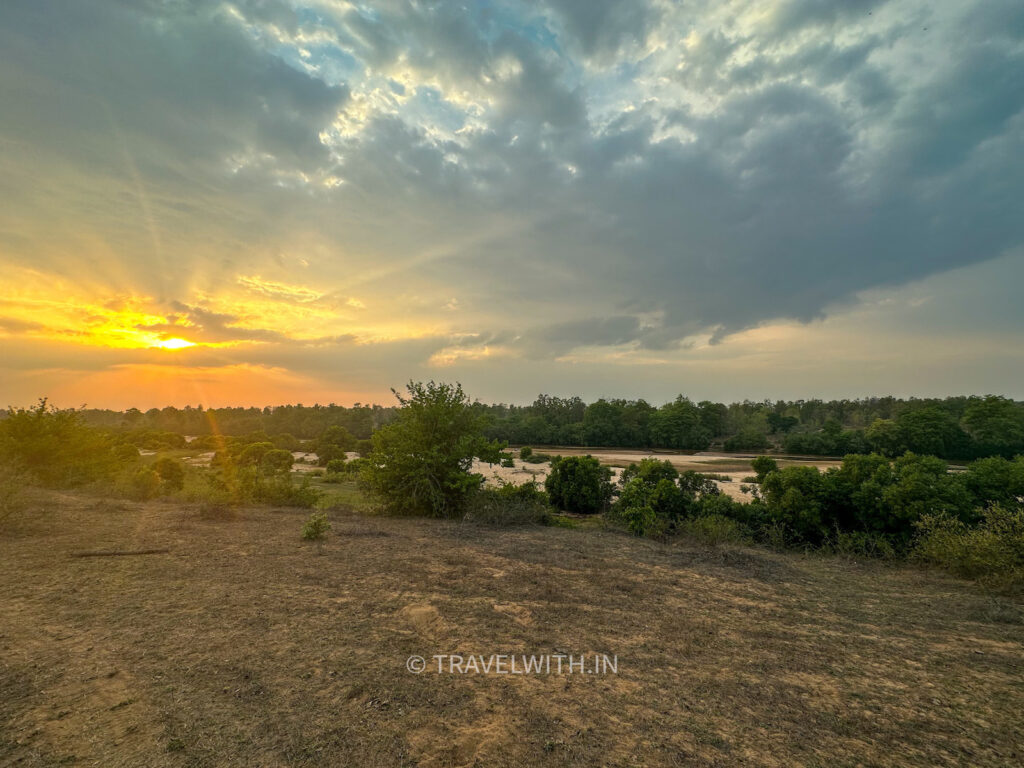
Sanjay Dubri & Banas River
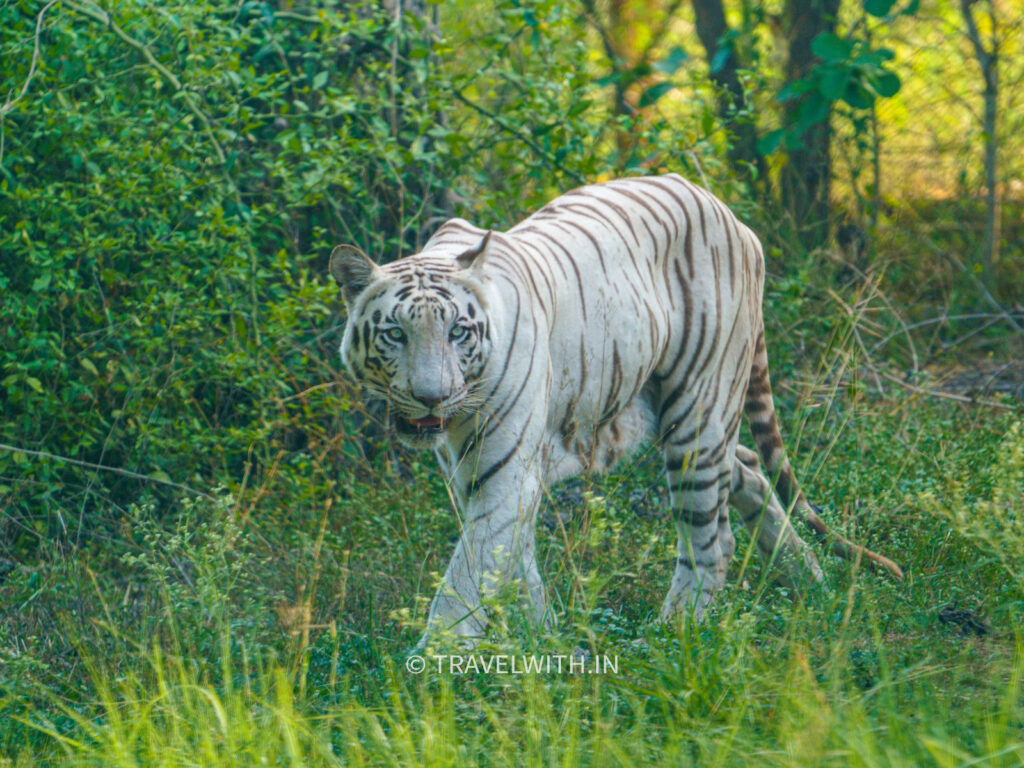
White tiger in Mukundpur Zoo near Rewa
Interestingly, it is here in the forests of Sanjay Dubri where the Maharaja of Rewa spotted the only white tiger cub (later named Mohan) in the 1950s. If you’ve seen a white tiger in a zoo, it is most likely the progeny of Mohan.
Like most national parks, Sanjay Dubri too has a core zone and then buffer zones where day and night safaris are conducted by the Forest Department. Currently, only 7 safari vehicles are allowed to enter the core zone of the Park in the morning safari and 7 in the afternoon safari. The night safari which is an excellent idea and should be on your list is done in the buffer zone. I got very lucky during my night safari as I saw the rarest of them all, a Honey Badger. Spotting this highly nocturnal animal is much more difficult than a tiger or a snow leopard.

Terminalia Elliptica or Crocodile Bark Tree
Tigers of Sanjay Dubri
The core zones of the Park like most national parks in the country remain open from October 1 to June 30 and closes for the monsoon season i.e. July 1 onwards. Safaris are permitted during the monsoon season in the buffer zones of the Park provided it has not rained heavily and continuously for days at a stretch. All zones where safaris are permitted in Sanjay Dubri National Park are closed every Wednesday afternoon as is the case with all national parks in Madhya Pradesh. The winter season see low temperatures at night and summer gets very hot during the day. Bamboo and Sal trees make up most of the forest and provide shelter and food for wildlife.
Tendu or Persimonn grows in abundance in the forest and it’s sweet edible fruit is the center of attraction in the summer. The fruit is a favorite amongst herbivores and sloth bears and humans harvest the leaves for making bidis (rolled cigarettes). The Mahua flower too is a very important source of food for both humans and animals.
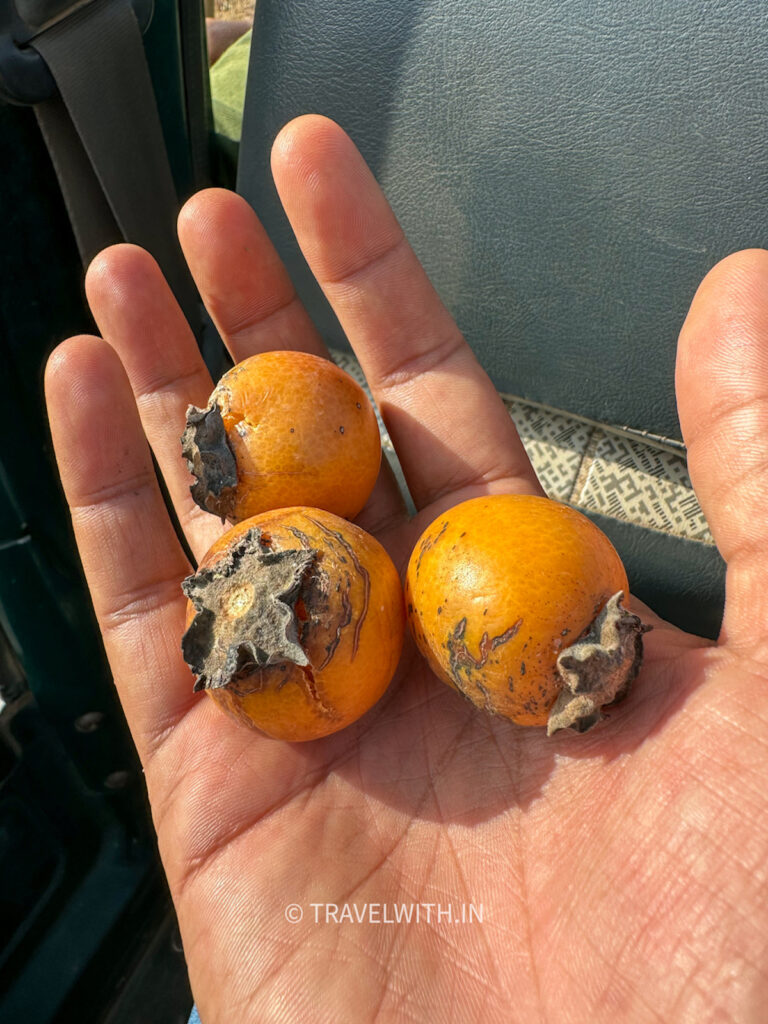
Tendu Fruit – fresh off the tree
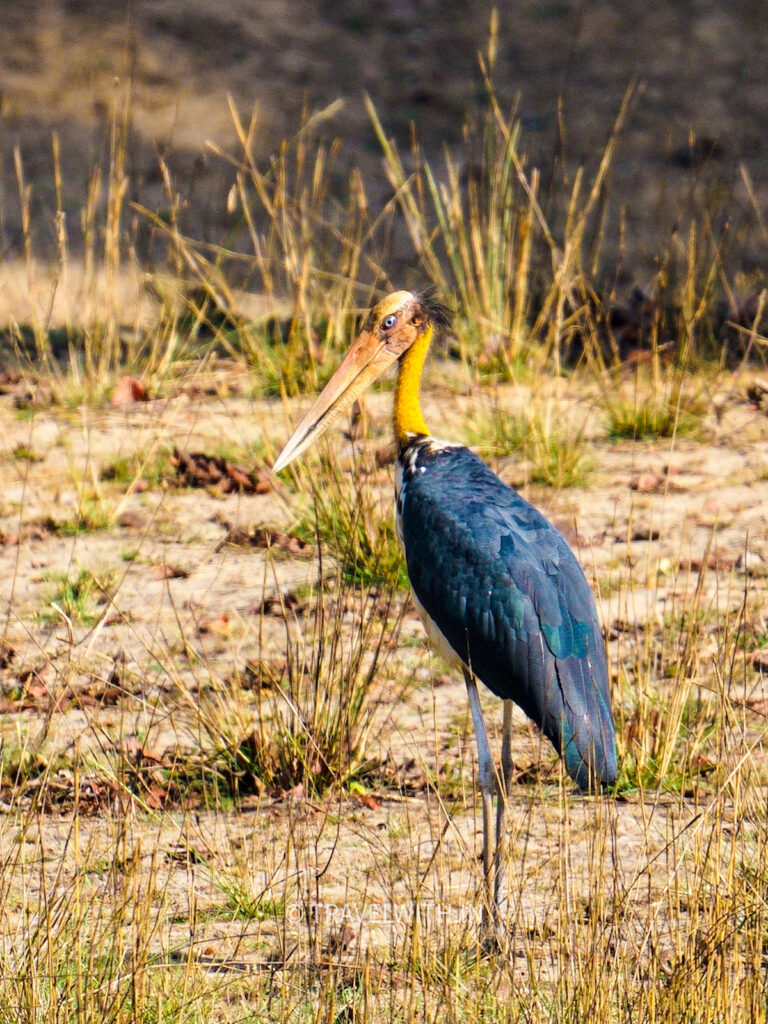
Lesser Adjutant Stork
Other than tigers, sloth bears and herbivores, the Park has a rich bird life. Vultures such as King, Indian and the White-rumped Vulture species are often seen soaring high in the sky. Indian Pitta and Paradise flycatchers are regular summer visitors. In the winter migratory birds are spotted on the shallow sandy banks of the Banas river. Lesser Adjutant Stork and birds of prey such as Crested Serpent Eagle, White Eyed Buzzard and Shikra are also spotted during the safaris.
To keep things interesting for those of you who enjoy walking and not just getting in and out of one jeep safari to the next, Madhya Pradesh Tourism (MPT) has introduced the Barefoot Trek on and along the sandy shallow waters of the Banas river.
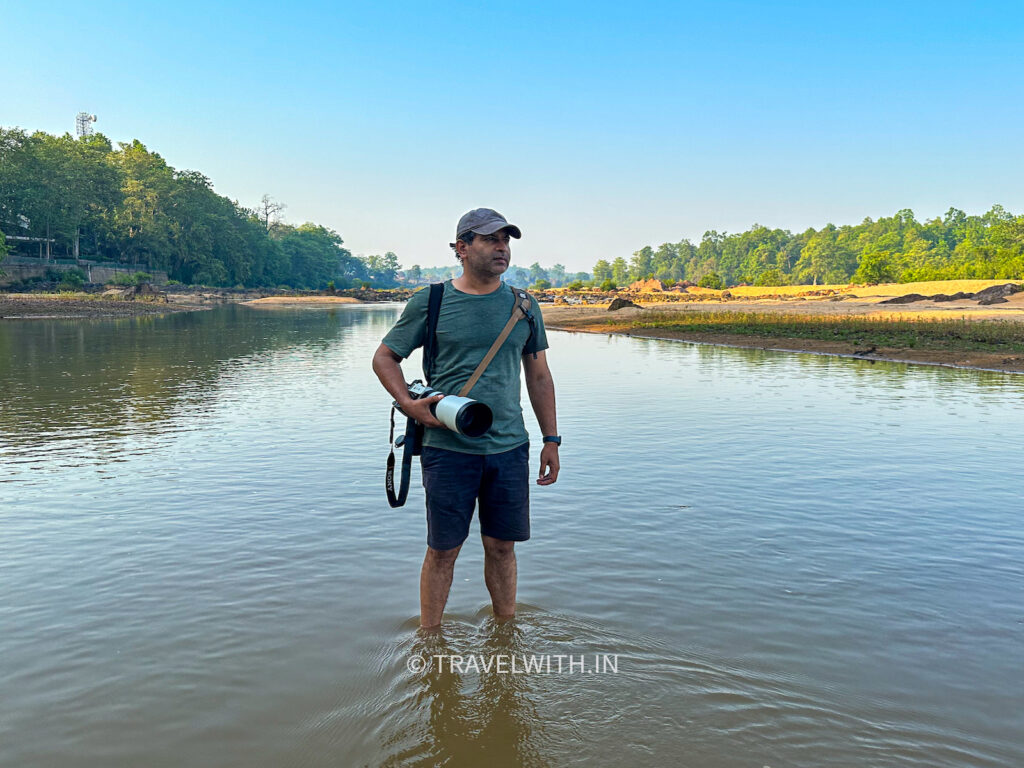
Barefoot – in the Banas River
Two dung beetles fight over a ball of shit
Walks start from 6AM onwards from the MPT resort in Parsili which is about 10KM from the national park entrance and are escorted by a guide. Depending on your fitness level and interest you can do a walk anywhere from 2-8KMs. I did this walk one morning instead of a jeep safari and thoroughly enjoyed every bit of it.
Walking on foot along the Banas river and the forest allowed me to spot several small critters and flora that we miss out during the speeding safaris. My walk leader carried some hot coffee and water and we stopped in the shade along the river to enjoy the silence and the picturesque landscape.
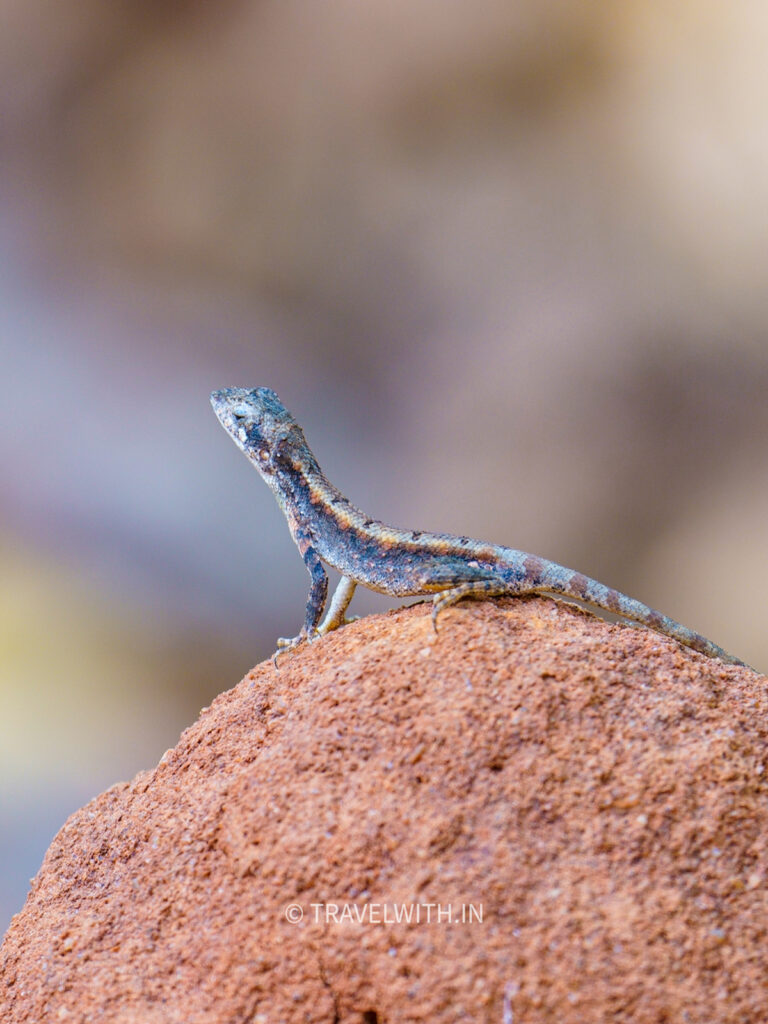
Fan-throated Lizard
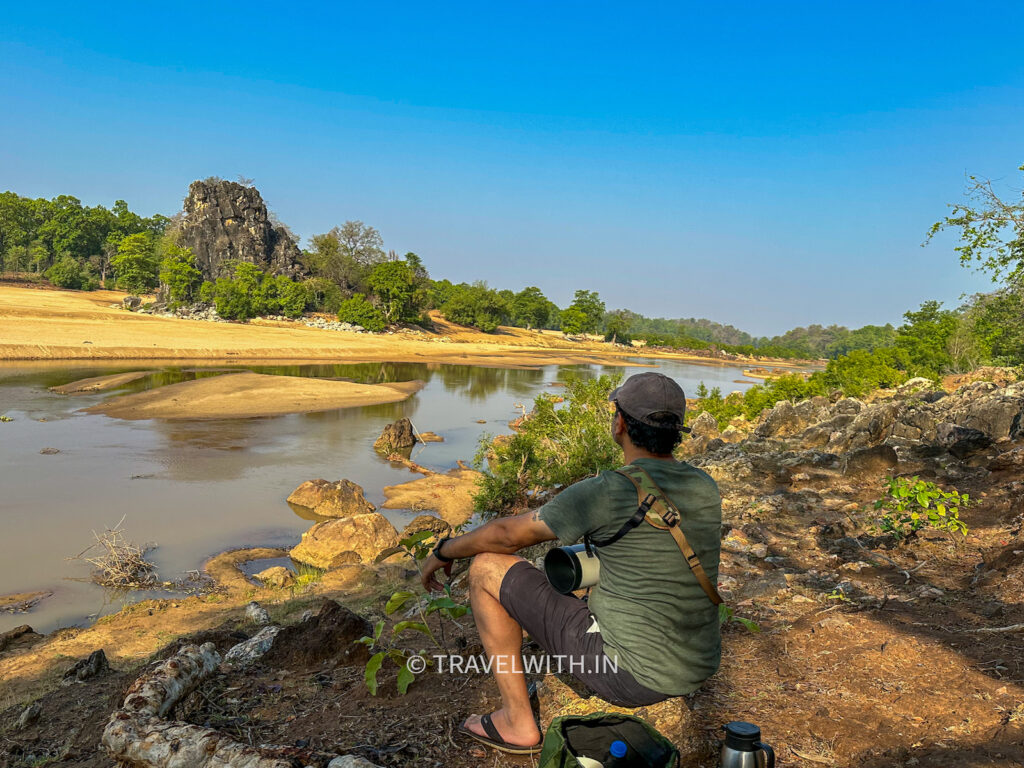
Coffee break during the Walk
Currently, there are limited options to stay in Sanjay Dubri. Hotels are popping up but I’m afraid they’re not luxury by any means. They’re no-fuss and basic, offering mostly Indian cuisine so don’t be surprised if you get served a very Indian version of pasta or Chinese food. This may change as the Park gets more popular over time as a prime alternative destination to Bandhavgarh which is just a two hour drive away.
The closest airport is Allahabad / Prayagraj. From there it is a four hour comfortable drive to Sanjay Dubri. If you’re arriving by train then Rewa and Satna are your closest well connected options. If you’re keen to visit Sanjay Dubri, you can combine it with a couple of days in Allahabad which has stunning lesser known history and architecture from the days of the Raj. Not to forget, Prayagraj is also the mother of all Sangams – it is here that the Yamuna merges with the Ganga.
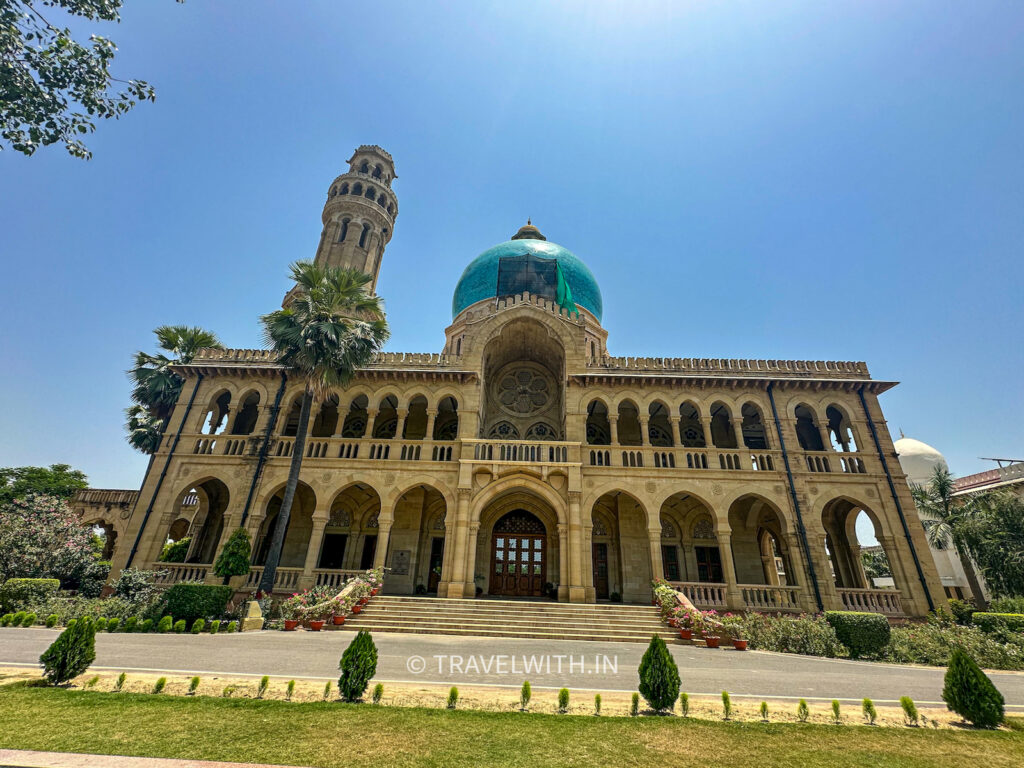
Faculty of Science, University of Allahabad
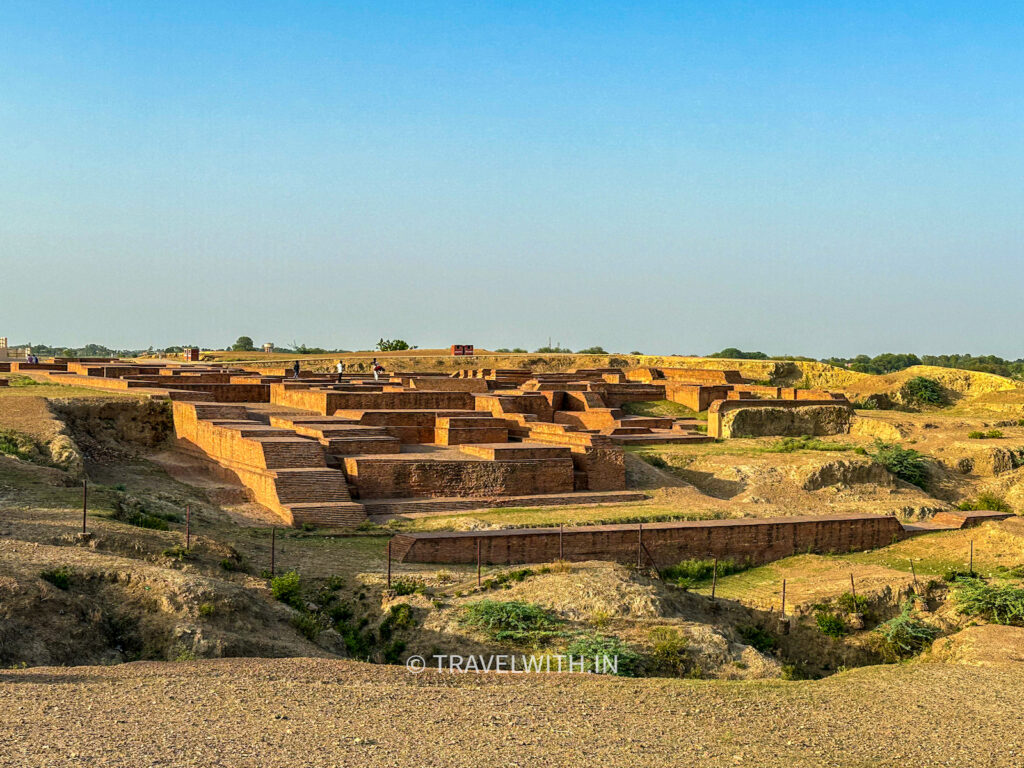
Kaushambai – 3,000 year old ruins
I can organize a heritage tour of the city along with a boat ride on the Ganga at sunset. If you have more time, you can also visit Kaushambi, an ancient city now in ruins over 3,000 years old just an hour drive from Prayagraj.
In Allahabad, I can organize your stay in a newly furbished heritage colonial style bungalow within a 100 acre mango farm. Till the late 19th century, the estate served as a a thriving Indigo plantation.
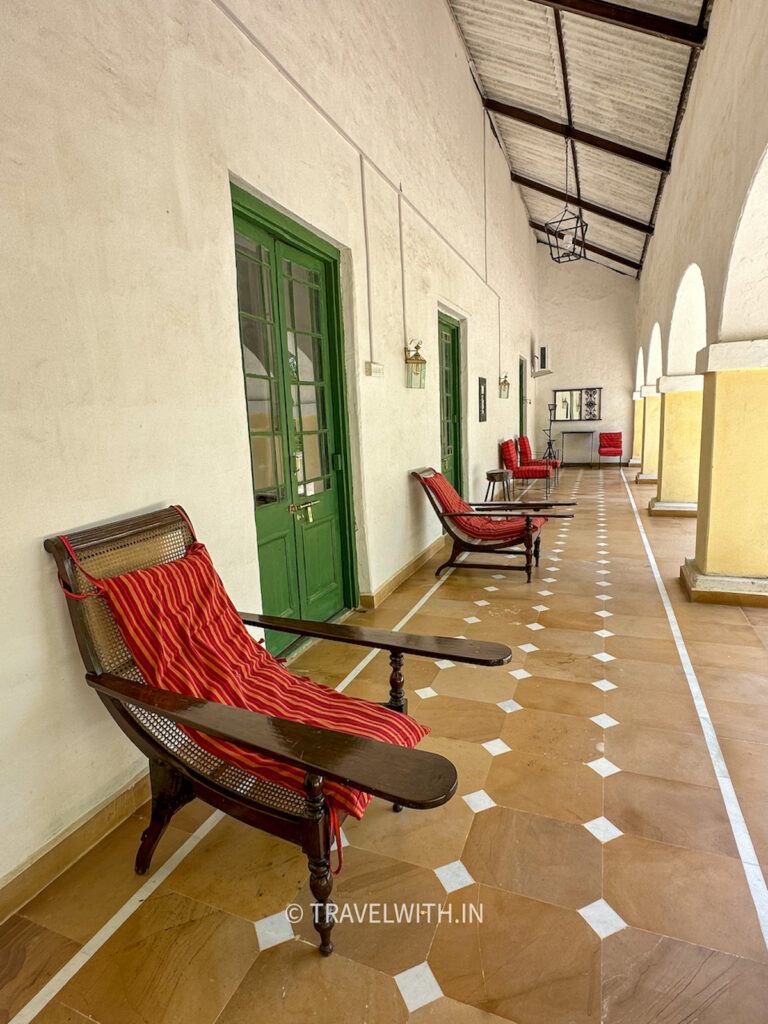
Colonial Heritage Homestay – Allahabad outskirts


